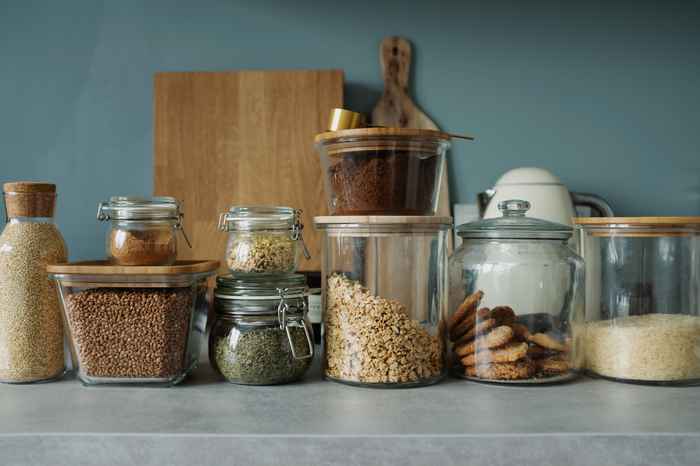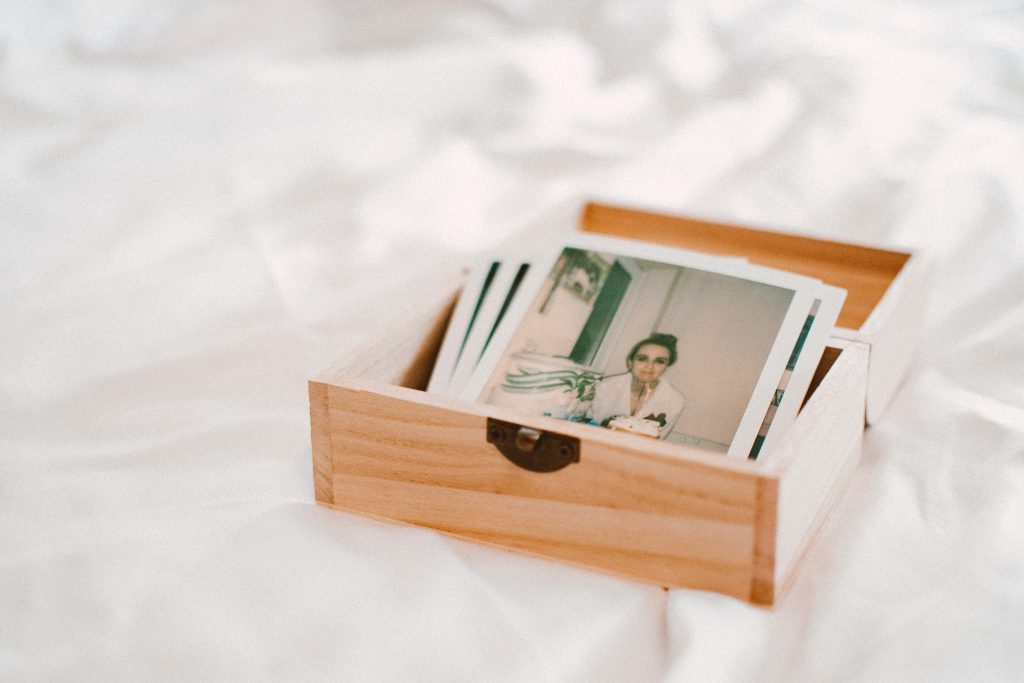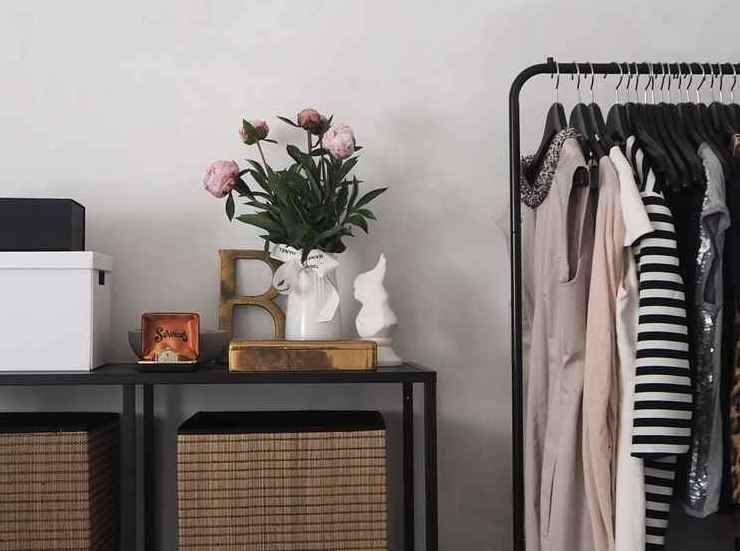With the warmer weather and days filled with more sunshine, it’s easy to get inspired for some spring cleaning. Decluttering helps with clearheadedness and makes it easier to implement those New Year’s goals long after they’ve been made. When all the things have a home in your space, it makes even daily tasks quicker and more purposeful.
In our experience, before we can tackle any room design, decluttering has to happen! We have devised a simple and realistic “Spring Cleaning” plan for you follow, which will leave your home beautifully organized for spring and years to follow.
Because there are some things that are just essential to decluttering and home organization, we think these 7 steps (and a few tips in between) will help you navigate the task with purpose and stress-free.

1. Start with one room or space
When you begin the process of decluttering, it is important to focus on one room at a time. If you find yourself jumping from room to room, try to pull back and stay in the area you first started. One way to stay focused on one room at a time is to start with smaller tasks first. Choose spaces you know you can finish.
This is going to help with your feeling of accomplishment and give you the momentum to take on the larger tasks with confidence.
2. Give yourself a reasonable amount of time
Timing is crucial, but it can also be a crutch. Most of our clutter occurs because we tend to tell ourselves we don’t have time to… XYZ. Decluttering the home and getting organized is an intentional act, and runs smoother with a plan.
We suggest determining a set time for each room or space that you know needs addressing. Then put it on your schedule. When tackling a larger project such as your closet or pantry, allow yourself at least a few hours of time, and in those few hours, make quick decisions.
As you go, ask yourself questions that help you analyze your clutter with purpose. For example, ask yourself, “Would I buy this item again today?” or “Have I had a need for this item in the last 6 months?” Questions like these force you to be honest about keeping an item or not.

3. Have labeled boxes and bins at the ready
In preparation for spring cleaning, you can collect several boxes or bins to capture what you remove from your spaces. Label these bins with “sell”, “donate”, “gift”, and “save”. You may want a smaller box for the “decide later” items, but keep that box small, and reserve it only for the truly hard choices. Once you have decluttered, consider keeping one of your bins as a permanent donation box!
4. Stay mindful and focused
When it comes to expensive items or gifts, which maybe be hard to part with, ask yourself if the items are bringing you joy or purpose. Just because an item is expensive, doesn’t mean it needs to take up valuable square footage in your home. Also, keep in mind, your friends and family give you gifts to make you feel joy or for a meaningful purpose. If you aren’t using the gift or it’s not bringing joy, it’s okay to let it go.
5. Take photos for memories
Sentimental items and heirlooms may be the hardest part of decluttering, but if we held onto every item that has a memory, we wouldn’t have room for the new memories. Here are a few tricks to help out…
First, purchase or create a memory box for smaller items. Then take pictures of larger items and place them inside the memory box. You can keep this box on display or store it for when you want to take a walk down sunny Memory Lane.

6. Make your organization beautiful
When we design rooms for our clients, we always take into consideration their lifestyles and how to create beautiful ways to maintain organization. Decluttering and staying organized is an ongoing endeavor.
One of the best ways to keep the clutter under control is to use bins in specific drop zones. Most people are familiar with using baskets for toys, but we collect all sorts of things around the home that could use a contained space, such as mail, magazines, books, shoes, change, etc.
Different seasons of life may also present specific things that tend to pile up on us, and by using decorative bins in “hot zones” to collect those items, you are able to keep things organized while still maintaining a beautiful space.
So before you clean, walk around the house and see where and what you tend to collect. Then consider using the proper (and beautiful) containers in these drop zones in the future.

7. Establish a system for future clutter
Creating lovely drop zones will help with staying organized long-term, but implementing a few of clutter-free rules for the future will help keep the clutter chaos at bay.
- A place for everything, and everything in its place. Stay on top of this by always putting things back up when you are done.
- Never leave a room empty-handed. Check to see if there are clothes, shoes, dishes or papers that you can grab on your way out.
- Create a filing system for mail and paperwork, and stick to it. There are very stylish and affordable filing systems available. Find one that works for you, and enjoy always knowing where your important papers are.
- Pick a monthly purge day: write it on your calendar, and take advantage of the drop zones and donation bins you have created.
Decluttering and creating organization in your home is going to bring about a lot of benefits, not only to your home’s aesthetic but also to your health. Decluttering reduces anxiety and creates energy.
Once you have done your Spring Cleaning with purpose, you’ll be able to focus on future projects. If one of those projects includes redesign, we hope you’ll consider us as your interior specialist!
Need help refining the purpose, aesthetic, and functional layout of your space? Contact us here — we’re excited to tackle all of your design challenges with you!
Until next time,
Becky
Resouces:

